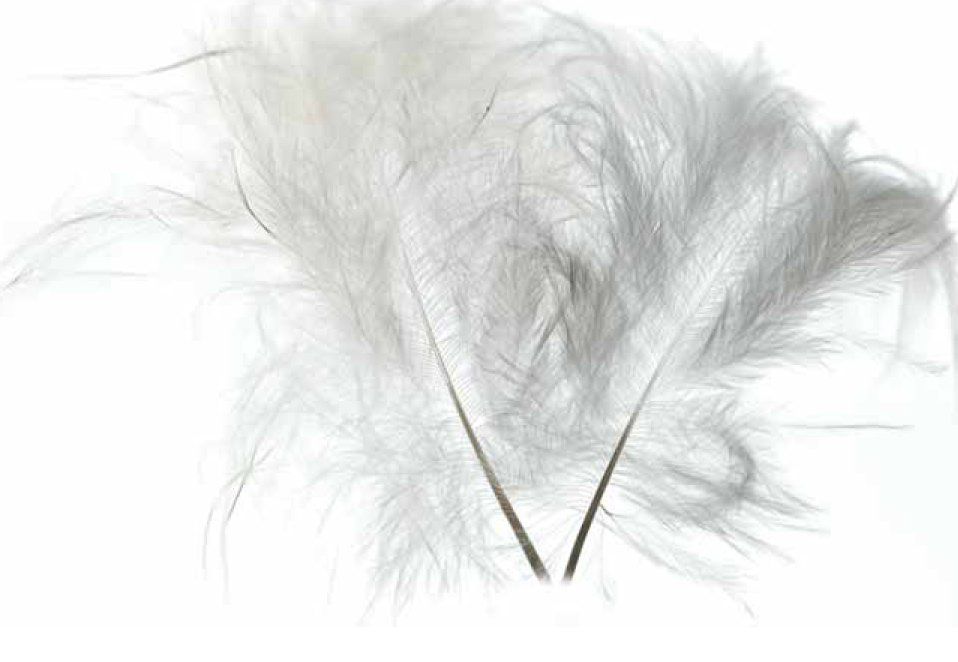It’s estimated than in one company alone in North America six million chickens are killed daily to supply the food industry. This demonstrates the scale of mass-consumption and the waste that this industry generates. As we look to sustainable alternatives to petrochemicals to produce what we currently know as plastic, so we must look to the waste that comes from industry as a potential source to make these materials. At present there are four main groups of bioplastic: starch derived, plant-oil derived, fermentation of monomer, and protein derived.
The Commonwealth Scientific and Industrial Research Organization (CSIRO) in the Australian state of Victoria is exploring ways to turn the chicken feathers from this vast amount of waste into plastic. The main ingredient that researchers are extracting is protein from which to create plastic. This is not a new concept: some of the earliest plastics were derived from proteins in milk called casein, and the blood from cows was used to make another early plastic.
The particular protein that exists in feathers is called keratin, a protein that adds strength to hair and fingernails. The process works by breaking down the feathers into small pieces and using heat to break down the proteins and then link them together in a ‘polymerization’ process, forming longer chains and a rigid structure.
Image: Chicken feathers

Key features
•Alternative to petrochemicalbased plastics
•Transparent
•Brittle
•Biodegradable
Cost/Sources
The material is not currently commercially available, it is still in development.
Sustainability issues
Animal proteins are subject to stiff regulations. Beef producers took an economic hit when by-products such as blood and bone were regulated out of the rendering process after BSE was found in Canada, for fear the material contained deadly prions, infectious proteins that cause BSE, more commonly known as mad cow disease.
Production
Early tests have shown that vacuum forming, extrusion, compression moulding, injection moulding and blow moulding are all potential methods of forming this material.
Feather-based plastic could be used for all kinds of products, from plastic cups and plates to furniture. In addition to making use of feathers that would otherwise end up in landfills, it is highly biodegradable.
| + | – |
|
–Potential alternative to petrochemicalbased plastics –Biodegradable –Utilizes waste from the food industry |
–Brittle –Not yet commercially available |
